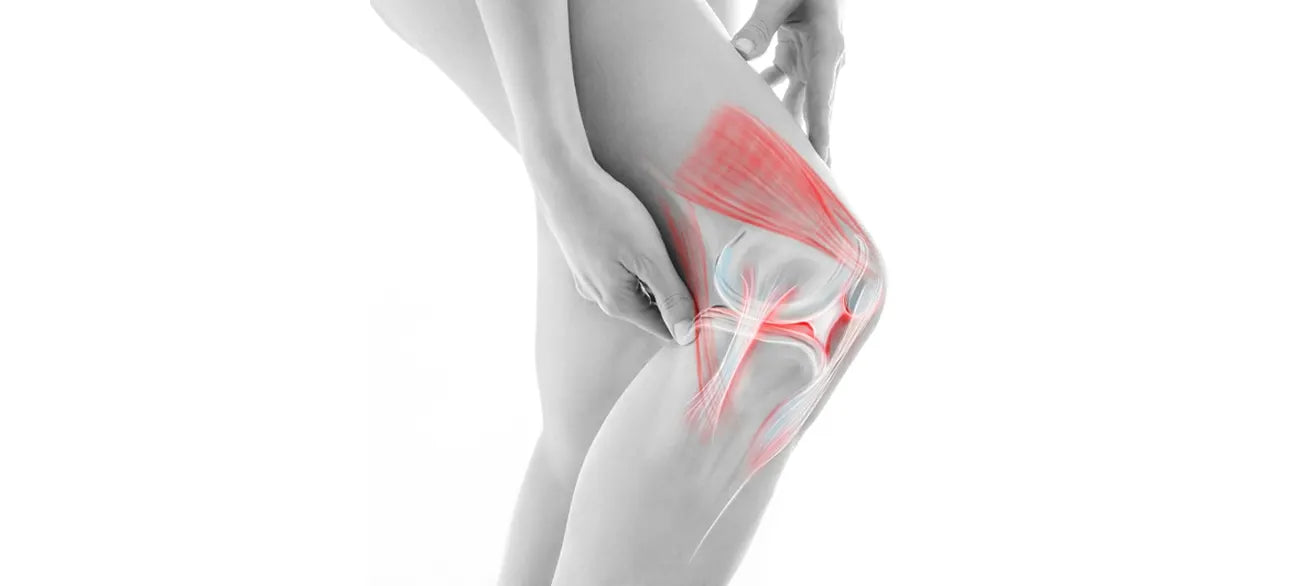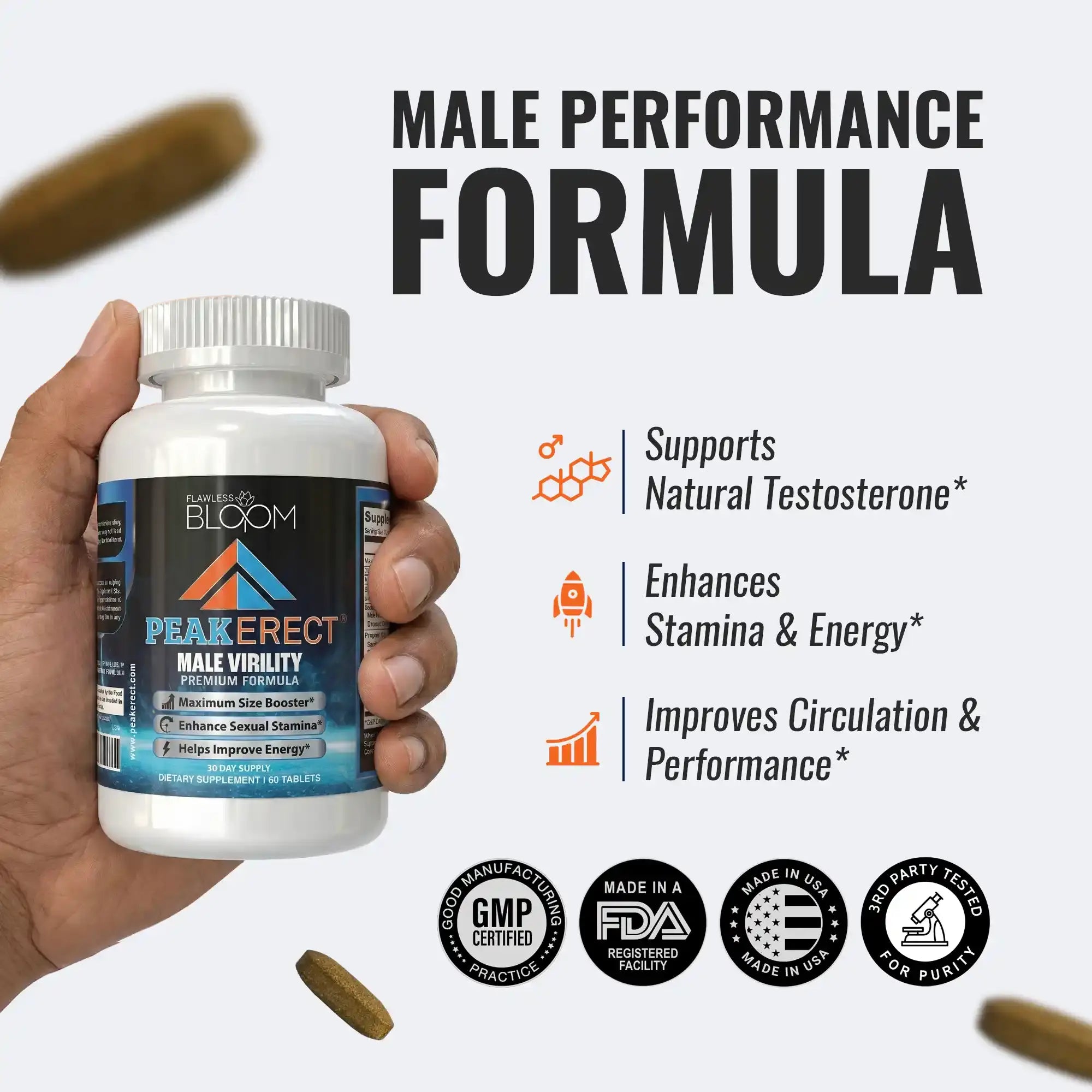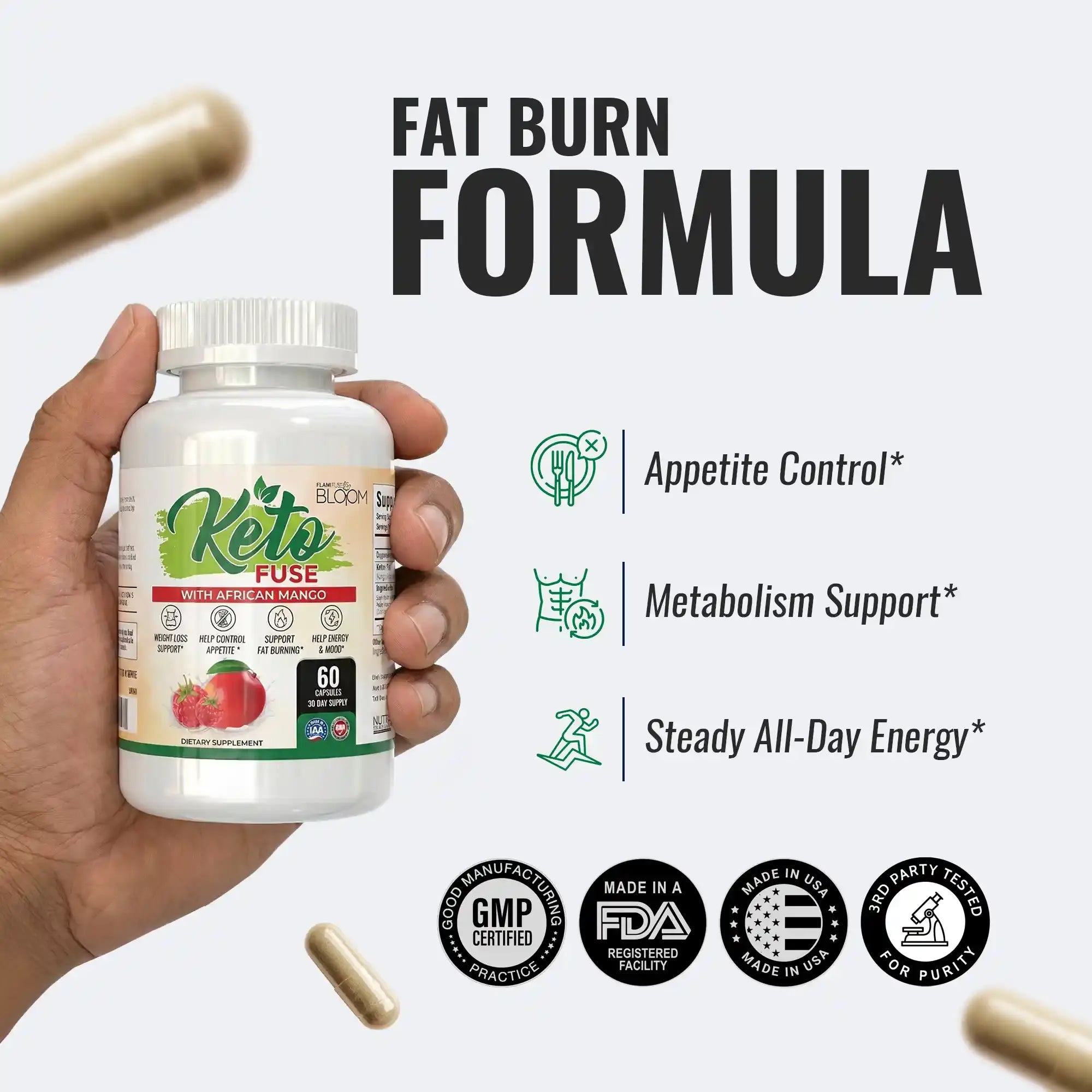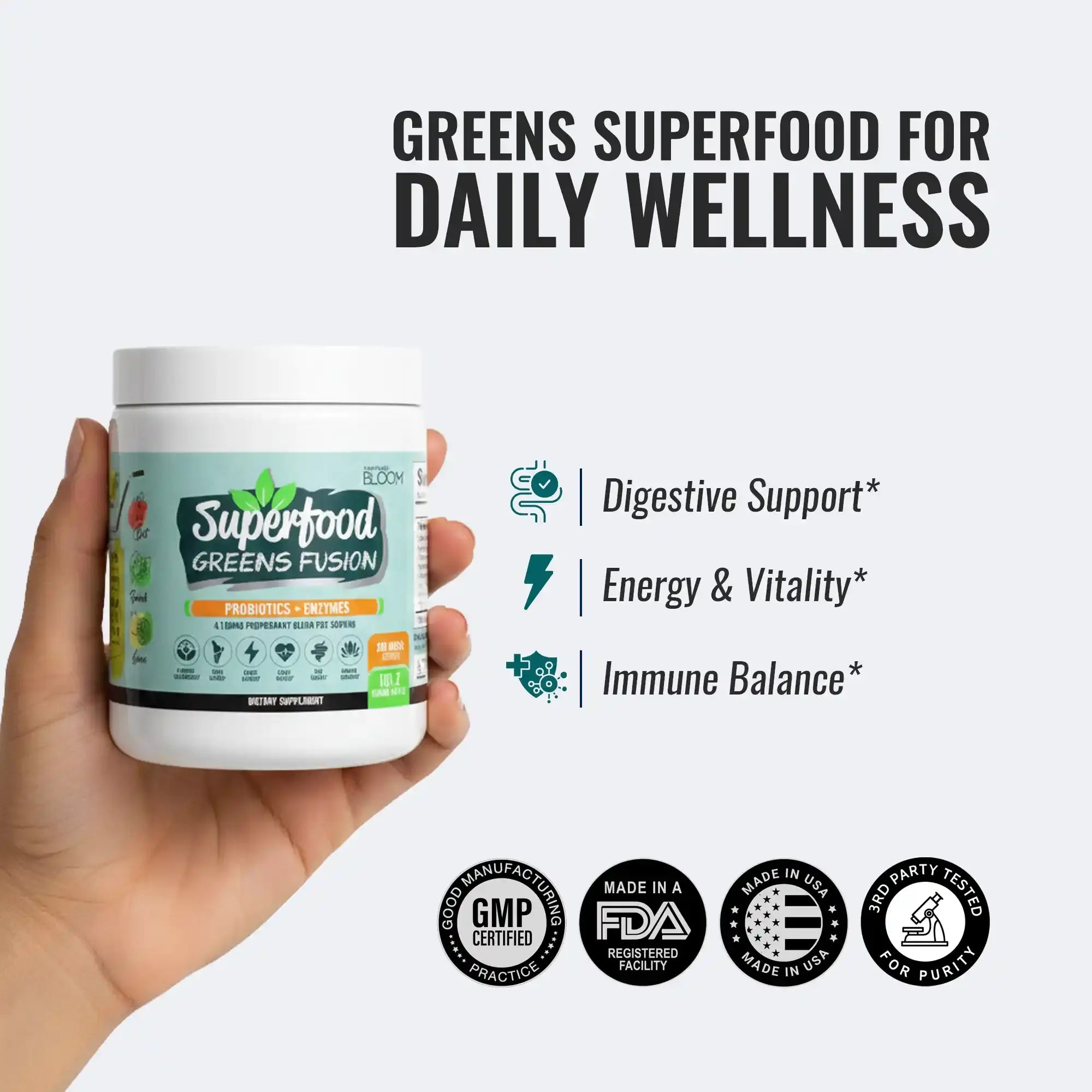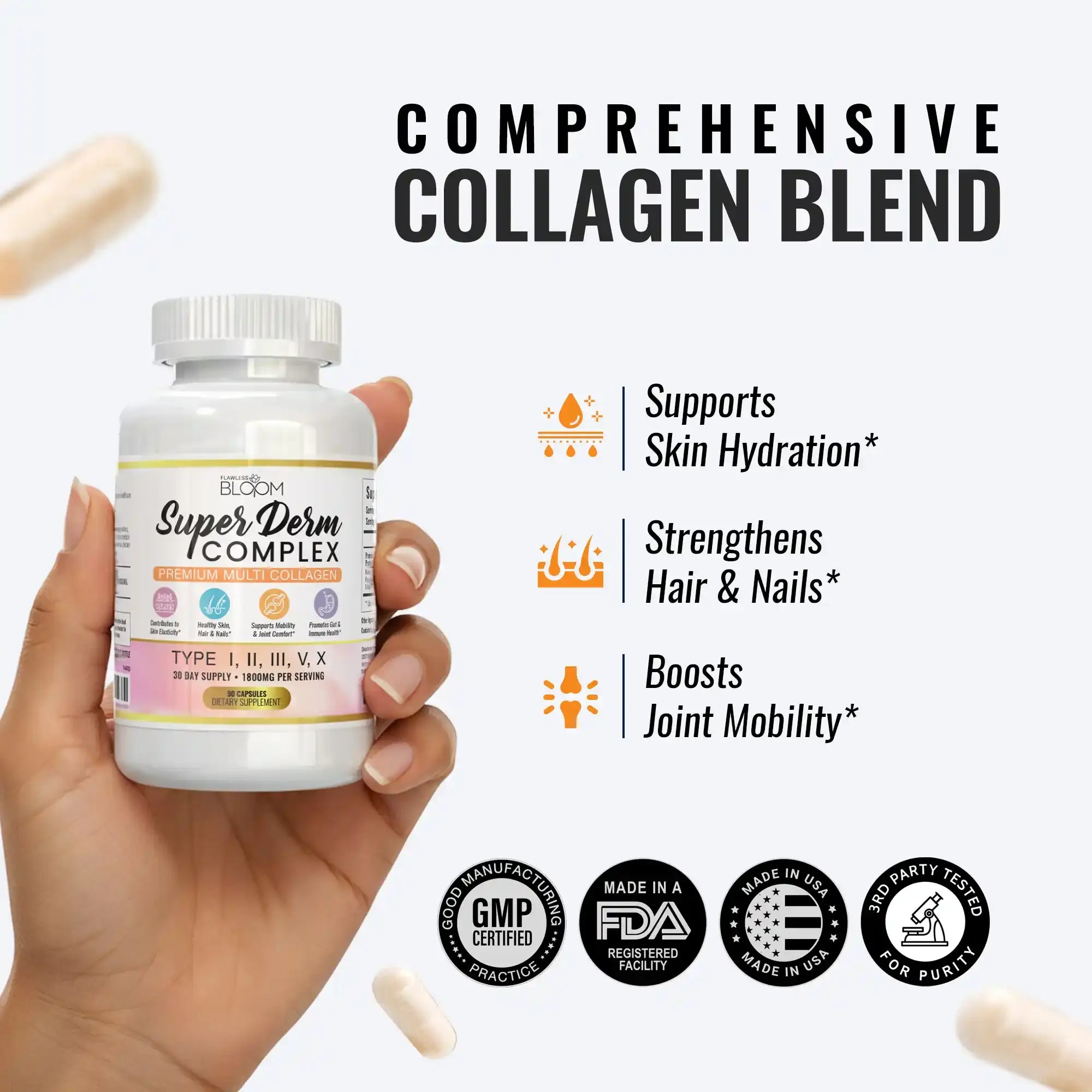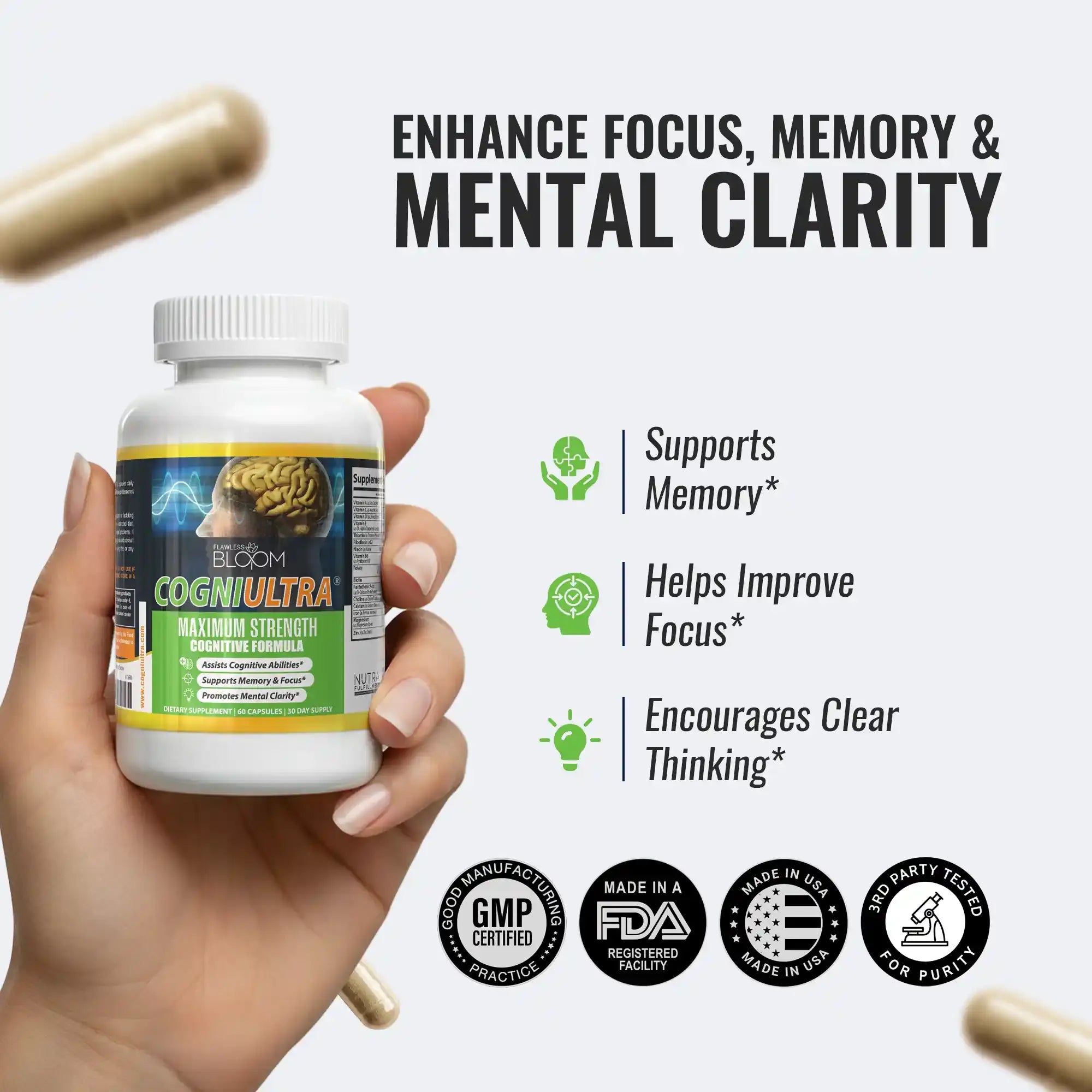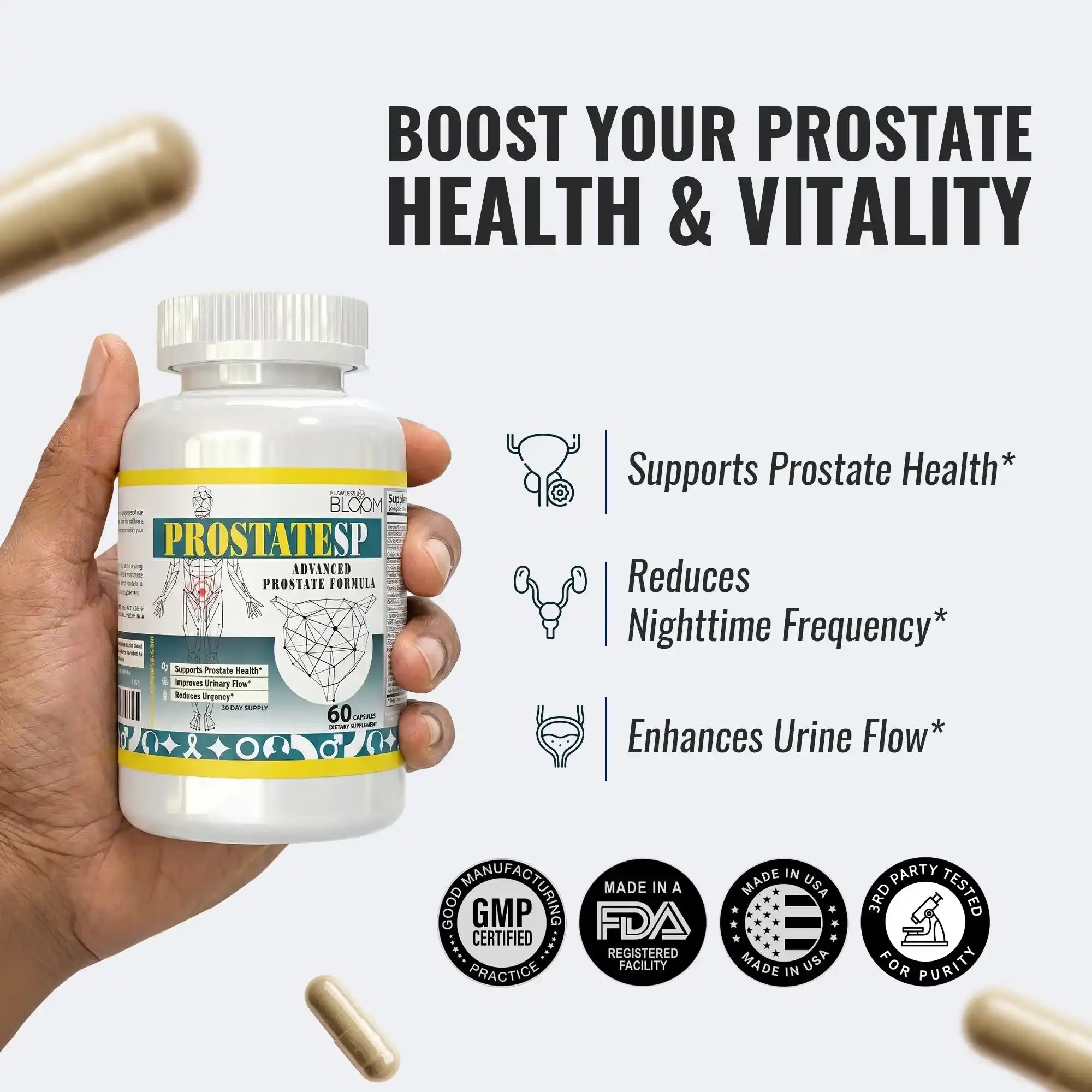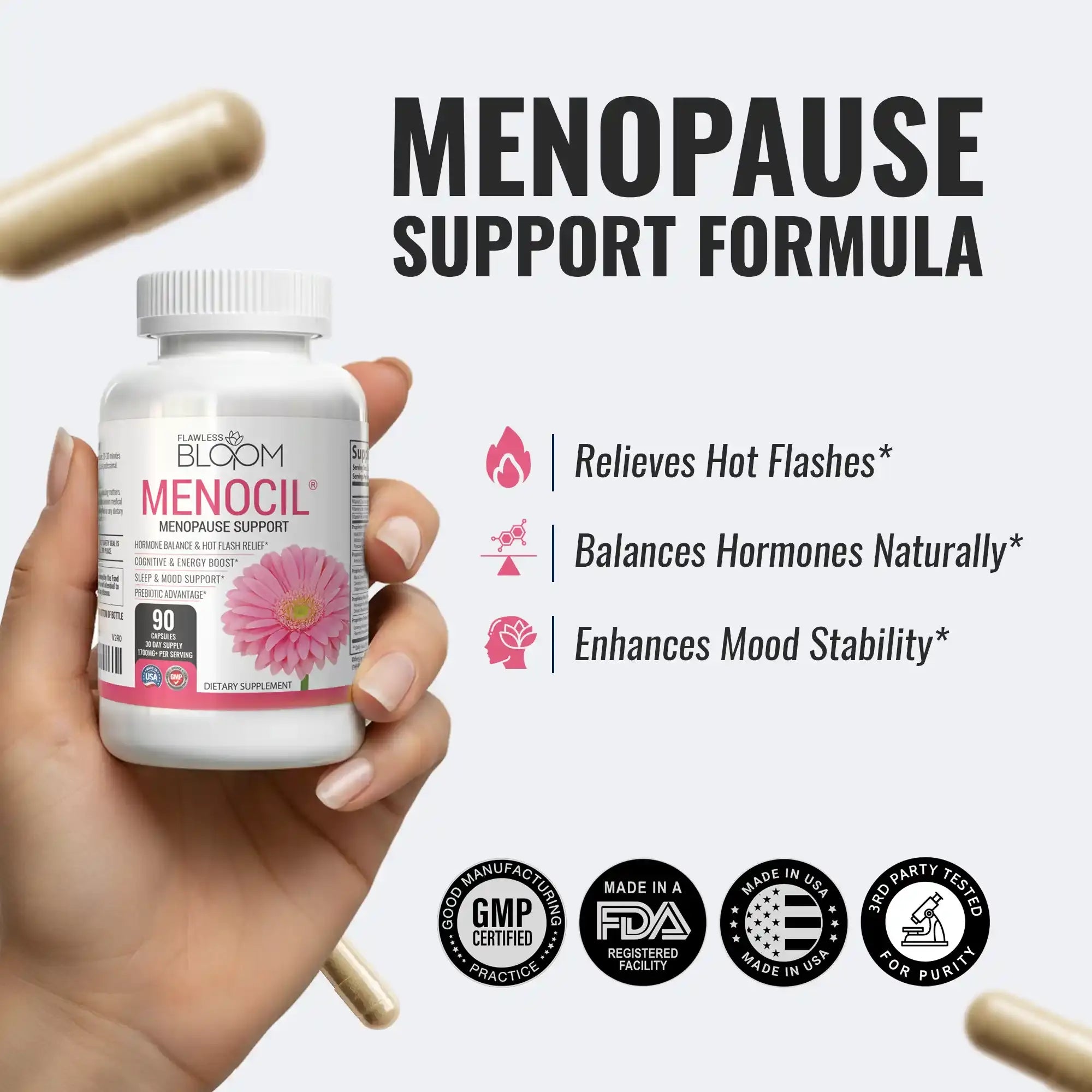How Much Vitamin D Do You Really Get From the Sun?
Wondering how to get enough vitamin D from the sun safely? Discover the best times, how skin tone impacts absorption, and the truth about sunscreen.
Advertiser Disclosure: We independently select all the products. If you click through links we provide, we may earn a commission.

Vitamin D strengthens your bones and helps your immune system. If your body does not get enough vitamin D, your body can struggle to absorb calcium, which may cause your bones to weaken and result in other health disorders.
For most people, sunlight is a major source of vitamin D. When your skin is exposed to sunlight, it starts making vitamin D naturally. But many people don’t get enough sun, which can cause vitamin D deficiency.
Yet, the reality is that most people today don’t reach the vitamin D requirement. Cleveland Clinic suggests that Vitamin D deficiency is common, and about 35% of Americans and a majority of people globally are deficient in vitamin D. It’s all the more important to recognize just how much sunlight is needed for vitamin D to support your health.
How Your Body Makes Vitamin D from Sunlight?
Even though the sun’s role in creating vitamin D sounds complex, it’s a simple process in your skin. Without going outside, your skin can’t receive the special rays called UVB rays from the sun. They contain just the right amount of energy to kick off a chemical reaction within your skin.
Here's what happens step by step:
- Step 1: UVB rays from the sun hit cholesterol that's naturally present in your skin cells
- Step 2: This energy transforms the cholesterol into vitamin D3 (the first form of vitamin D)
- Step 3: Your liver takes this vitamin D3 and changes it into a different form
- Step 4: Finally, your kidneys convert it into the active form of vitamin D that your body can actually use
This whole process is why people call vitamin D "the sunshine vitamin." Your body is basically a vitamin D factory that runs on sunlight!
How Much Sun Do You Need for Vitamin D?
Sometimes people wonder if they might get vitamin D by sunlight coming through a window. But the fact is, No! There are no UVB rays coming through regular glass windows. You may be in the sun all the time, but you rarely get enough vitamin D from that alone. It’s important for you to leave the house sometimes.
The major concern of many is determining how much sun is safe to absorb for vitamin D. Because several things are involved, it’s not always easy, but research can point us in the right direction. Many people with light skin only need to be in the midday sun on their arms and legs for between 5 to 15 minutes a couple of times per week.
Being aware of vitamin D sun exposure tells us various factors determine how much vitamin D your body can make.
Key Factors That Affect Vitamin D Production:
- Your Skin Color: For those with darker tones, melanin does the work of natural sunscreen. This means darker skin people need to spend more time in the sun, up to five times the amount of time fairer-skinned people do, to make enough vitamin D.
- Your Age: As you get to be elderly (over 70), your skin becomes less efficient at making vitamin D. People as they grow older can require regular sunlight or extra vitamin D supplements.
- Where You Live: If you live far from the equator, winters often reduce UV rays where it’s not close to the equator. These residents may not receive any vitamin D from the sun in the winter because the days are so short.
- Time of Day and Season: Pick midday (between 10 AM and 2 PM) for optimum results because that’s when the sun is highest. Summer gives you stronger vitamin D from the sun than winter does.
- How Much Skin You Show: You can produce more vitamin D if you let more skin get sunshine. Covering most of your body leads to making less vitamin D.
- Sunscreen Use: Sunscreen can cut down vitamin D production, but research finds that the difference in people is not always as big as predicted.
Why do you need Vitamin D from the Sun?
Various health benefits come with having enough Vitamin D in your body. This essential nutrient helps to strengthen bones and teeth, boosts the immune system, and can even reduce the risk of certain diseases such as heart disease and diabetes.
 Health Benefits Of Sunlight
Health Benefits Of Sunlight
Sensible sun exposure, balancing vitamin D production with minimizing skin cancer risk, is key for most individuals to achieve adequate vitamin D levels. - Dr. Michael F. Holick, PhD, MD,
Does Sunscreen Stop Vitamin D Production?
A lot of people wonder about this when thinking about getting vitamin D from the sun. Sunscreen can affect how much vitamin D your skin produces, but in practice, it’s not as significant as many people believe.
According to experts, using a sunscreen with SPF 15 or above could block the UVB that makes vitamin D. Most of us do not use enough sunscreen or apply it enough to get the best protection.
Even when people regularly wear sunscreen, studies show they still get enough vitamin D. This happens since many people spend extra hours in the sun when using sunscreen.
If your skin type allows, spend a few minutes under the sun without sunscreen, then reapply sunscreen if you’re going to be outside for longer. Doing so lets you profit from vitamin D without risking skin damage and cancer.
How to Get Enough Vitamin D Safely?
Here are five practical tips for how to get vitamin D from sun exposure without damaging your skin:
- Start Small and Build Up: Begin with just 5-10 minutes of midday sun on your arms and legs. If you don't burn, you can gradually increase the time. Or you can sit next to the window for Vitamin D.
- Expose More Skin When Possible: Wear shorts and a t-shirt instead of long pants and sleeves. The more skin exposed, the more vitamin D you can make in less time.
- Time It Right: The best time for vitamin D is between 10 AM and 2 PM when UVB rays are strongest. You'll need less time during these hours.
- Know Your Limits: Never let your skin turn pink or burn. If you're staying out longer, apply sunscreen after your initial vitamin D time and wear a hat to protect your face.
- Have Backup Plans: In winter or if you can't get enough sun, consider vitamin D-rich foods (fatty fish, egg yolks, fortified milk) or supplements, especially if you're at higher risk for deficiency. Research suggests, children and adults who have limited sun exposure should receive vitamin D supplementation.
During our research on the topic, we found a video from the channel Ener-Chi Wellness Center in which Andreas Moritz talks about the Best Time of Day to Get Sunlight Exposure.
Conclusion
The trick is to ensure you have enough vitamin D by soaking up some sun, without overexposure to the sun, which can harm your skin.
Try starting with just a short amount of sun, figure out your skin type and climate and don’t worry about taking extra vitamin D when the sun is not bright enough.
What matters more than the source of your vitamin D, is making sure you’re not overdoing it - from anywhere.


